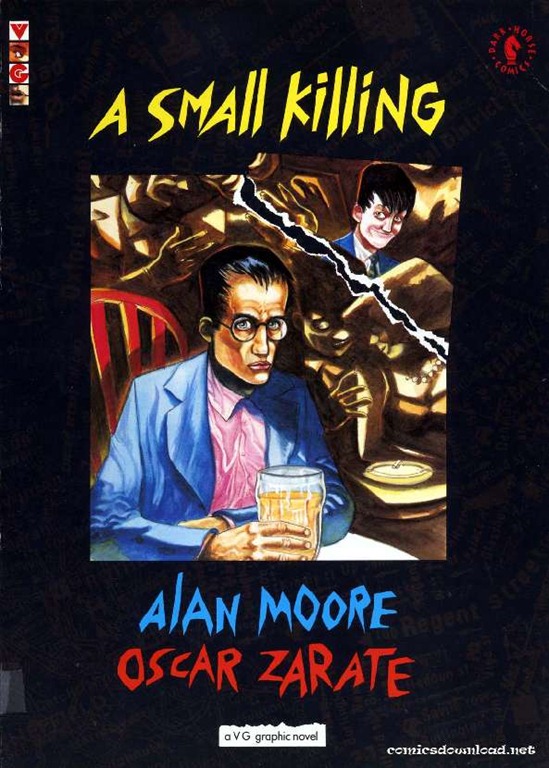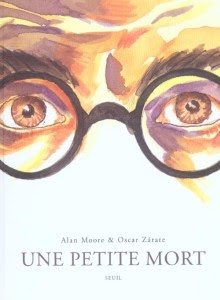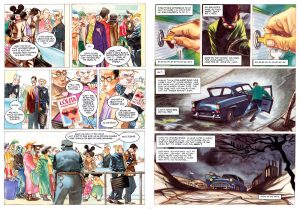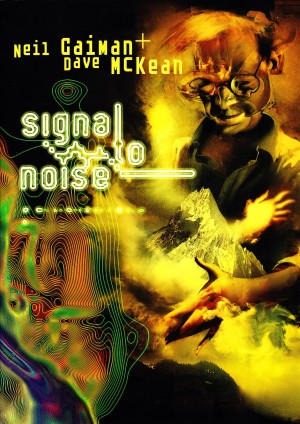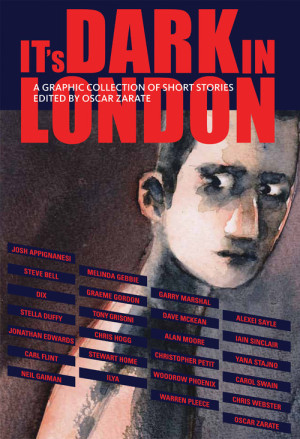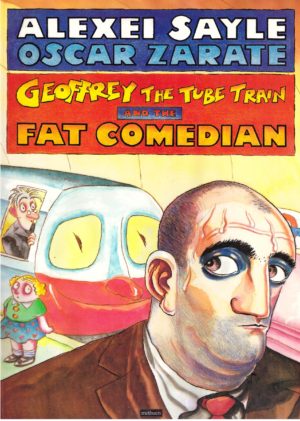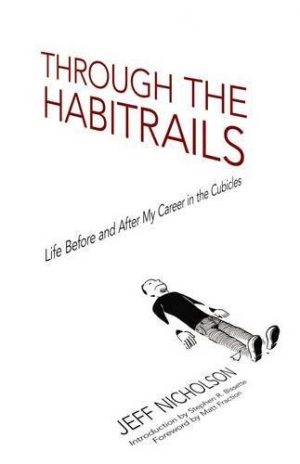Review by Graham Johnstone
A Small Killing is a original graphic novel by Alan Moore – one of his earliest away from the constraints of copyright characters, genre and serialisation. It’s an important piece of history and an accomplished graphic novel in it’s own right.
By the late 1980s graphic novels, such as Love and Rockets, Maus, and Moore’s own work had generated interest from the mainstream media and publishers. With a background spanning literary and genre fiction, Victor Gollancz seemed perfectly placed to make a success of graphic novels. A Small Killing was their first, and almost their last. Maybe the publishers were ahead of the market, or just didn’t know how to reach it.
In the eighties Moore had worked his way through mainstream comics publishers, taking their characters to gritty realistic places they had never been, and where they mostly remain! By the end of the decade he was in a position to leave behind comics publishers and their creative constraints. Big Numbers and From Hell were begun in this period, but A Small Killing was the first to reach fruition.
Published in 1991 it’s captures the 1980s: Thatcher in Westminster, Reagan in the White House and rich pickings for some. The protagonist is a ‘yuppie’ (Young Urban Professional), a rising star plucked from “the provinces” to London then New York, and now facing his biggest opportunity. But is he up to it? There’s some parallel with Moore’s own trajectory, however Moore the author is of course more self-aware than Tim the protagonist. Tim’s in advertising, and preparing to sell a soft drink to the newly opened Soviet market. It’s all going great for him, yet he’s troubled by his past and a haunting figure. He’s like Don Draper from TV show Mad Men twenty years before.
The text is mainly Tim’s inner monologue, with key conversations and overheard fragments of eighties life. It’s in four chapters, with each taking a step back in his physical and emotional journey from New York in 1989 to Sheffield in 1954. We see the people and principles he’s left behind, as he’s drawn to confront a childhood turning point and the figure haunting him.
Oscar Zarate, an Argentinian living in London, illustrated it. Moore is known for providing detailed scripts for artists, describing the content of every panel – not just the action, but settings, character expression, as well as the numerous telling details. However sources close to artist Zarate advise that this was more collaborative, drawing on Zarate’s own experience in advertising. Characters and settings are well-realised: intricate figure compositions in pubs and a riot; a now iconic Ford Anglia car; buildings as clean as Lego, and a sky littered with cranes. His style is a well-pitched blend of cartooning (those expressive faces), illustration and painting.
When this was created painted colour was new in comics, and it still looks fresh, with the unity and cohesion of being by a single artist. The drawings are inked only in light outlines with coloured washes doing the rest. Compare this with the Ford factory approach where inkers painstakingly render tones made redundant by colourists.
It’s as if Moore, seeing a future path, set out to create a graphic novel that stood apart from comics. There’s expertise of course in the language of comics, yet no obvious influences on the style or content. If you still need to convince people about the seriousness and scope of graphic novels A Small Killing remains a good place to start. Moore himself considers it one of his best works.
The Avatar 2003 edition includes commentary articles by Moore and Zarate.
